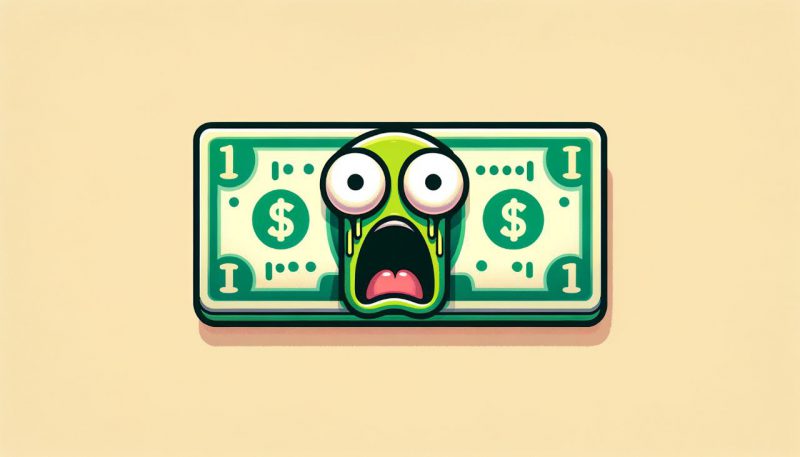The world is now increasingly adopting diverse financial practices, including exploring alternatives in all major domains to safeguard their assets. With new elements coming in, investors now have a broader spectrum of safe-haven assets to explore. Rising geopolitical tensions coupled with aggressive foreign policies have weakened the US dollar, with the faith in the American currency weakening by the day. Here are three prominent reasons why the US dollar is not the safe haven asset that it used to be.
Also Read: BRICS: Global Alliances Must Unite to Topple the US Dollar’s Supremacy
US Dollar May Not Be Considered A Safe Haven Asset Anymore: Here’s Why
1. Plunging Share in Global Reserves


There was a time when the US dollar used to dominate global reserve shares. Nearly all major economies had abundant USD shares, with the American currency enjoying exclusive perks of being the “only” currency that held major power over its peers and competitors. However, with time, the constant weaponization of the dollar, coupled with the recent tariff overhauls, has degraded the USD’s global reserve value. With the American currency facing extreme volatility and fluctuations, major economies have now switched to gold and other currency alternatives to safeguard investments, ditching the dollar in the process.
2. Weakening Faith in the US Dollar


Several countries have labelled the USD as a tool of destruction, as it’s been heavily weaponized in recent times. The US’s ability to sanction nations has been widely criticized, which has further led investors to question the US dollar’s stance and its position in the global financial system.
“Critics of U.S. sanctions contend that the U.S. has ‘weaponized the dollar.” Especially when the U.S. imposes sanctions without the support of its allies and partners. In China and China-aligned countries like Russia. Leaders aspire to bank and trade in their own currencies away from the watchful eyes of Uncle Sam.” As stated in Brookings.
3. Persistent Rate Cuts and Currency Fall


The USD is also susceptible to fluctuations caused by persistent FED rate cuts. The Federal Reserve’s future rate cut trajectories have often impacted the US dollar in a negative sense, making dollar-denominated assets appear less lucrative to investors globally. This has also prompted the USD to note a gradual decline, with investors rummaging for sturdier assets to invest in the long haul.
Also Read: BRICS & De-dollarization: US Dollar Faces Severe Crisis as Allies Exit





